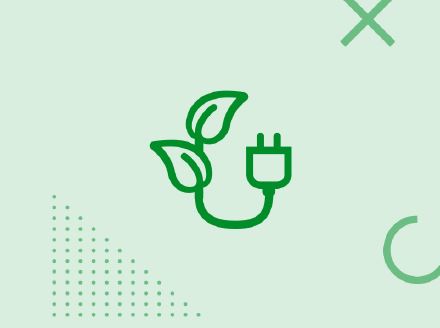Editor: D. Sc. (Tech.) Heikki Hassi, SciTech-Service Oy
Introduction to forest-based bioeconomy
Wood is a renewable natural material with various uses, and it has always satisfied people’s diverse and ever changing needs. Early hunter-gatherers made use of the strong structure of wood in spears and dwellings, nor to mention its heating value as fuel for cooking food. When literacy and the high culture of antiquity offered opportunities for the extensive utilisation of humanity’s spiritual and material advances, paper was a vital commodity – on all continents and in all languages. People conquered the oceans of the world using wooden ships and for a long time, other means of transport relied on wood too. Wind power and hydropower were harnessed using wooden mills.
The clearing of forests for the needs of expanding agriculture, resulting from population growth and an increased standard of living, was prohibited in Germany in the 12th century.1 The scientific revolution, started from Europe in the 16th century, mainly used paper as its main instrument for developing and propagating ideas. It formed the basis of the Age of Enlightenment that started in the late 17th century, as well as the Industrial Revolution at the end of the 18th century. It is believed that systematic silviculture truly started in Europe in the 17th century.1 The industrial manufacturing of paper from wood accelerated rapidly in the 1800s, enabling a sharp increase in the exchange of printed information. This marked the birth of an information society. Our modern digital information society, developing at a stunning rate, and our high standard of living are extensions of this development path – and so is our future.
The growing global population of nearly eight billion has woken up to the reality of limited resources. The sustainable use of forests plays a central part when people are developing more ecologically, financially and socially sustainable operating methods. People are also looking for new solutions for building a sustainable future from a sustainable forest economy and industry.
The use of wood makes our homes more enjoyable and our architecture richer. Wood provides sustainable solutions for construction, packaging, personal hygiene and communication. In addition to conservation areas, Finnish tended commercial forests give us a whole host of recreation options. When growing, forests and other plants sequester carbon dioxide from the atmosphere to make various biomasses, of which wood is the most abundant and has the most diverse uses. This is why wood is a highly valuable and renewable resource for a sustainable bioeconomy. When a dead tree decays or when a tree or a wooden bioproduct is burned, carbon dioxide is released back into the atmosphere, completing its cycle when it is sequestered by new plants.
The goal of ForestBioFacts is to increase competence and knowledge for the development and use of technical solutions and technologies based on a sustainable circular forest bioeconomy. Everyone will benefit from the learning environment based on their own individual needs. Whether you are a student or teacher, a forest professional, a factory worker, a researcher, a developer of technologies or a leader of investment projects, you can expand your knowledge and solve practical challenges in the ForestBioFacts learning environment.
The introduction theme consists of two parts
|
In the first part you can learn about:
|
|
In the second part you can deepen your knowledge about:
|
Watch the video to get the most out of the ForestBioFacts!
What is ForestBioFacts?
ForestBioFacts is a unique digital learning environment encompassing forest-based products and technologies from various viewpoints. The learning environment consists of a free Introduction theme and 15 additional themes. Over 150 top professionals in academia and industry have contributed to the learning environment. The learning environment is based on the earlier-published Papermaking Science and Technology book series but addresses forest-based bioeconomy more extensively. The information is more easily accessible in an electronic format enabling continuous updating.
16 themes of ForestBioFacts widely cover forest-based products and related technologies and processes. The Introduction theme and all the main pages of the themes are free to use. When you want to deepen your understanding of one or more themes, you can buy the full access for the period that you want.
Want to ask something or give feedback?
16 themes – everything you need to know about forest-based products and technologies
Introduction to forest-based bioeconomy
Wood products
Natural fibre products
Man-made bio-based fibre products
Bio-based nanomaterials
Recycled fibre
Pulping and biorefining
Energy and biofuels
Biomass chemistry and physiology
Material testing and product properties
Forests and other biomass resources
Supply chain
Process control and automation
Asset management
Business and investment planning
Environmental control and management
















